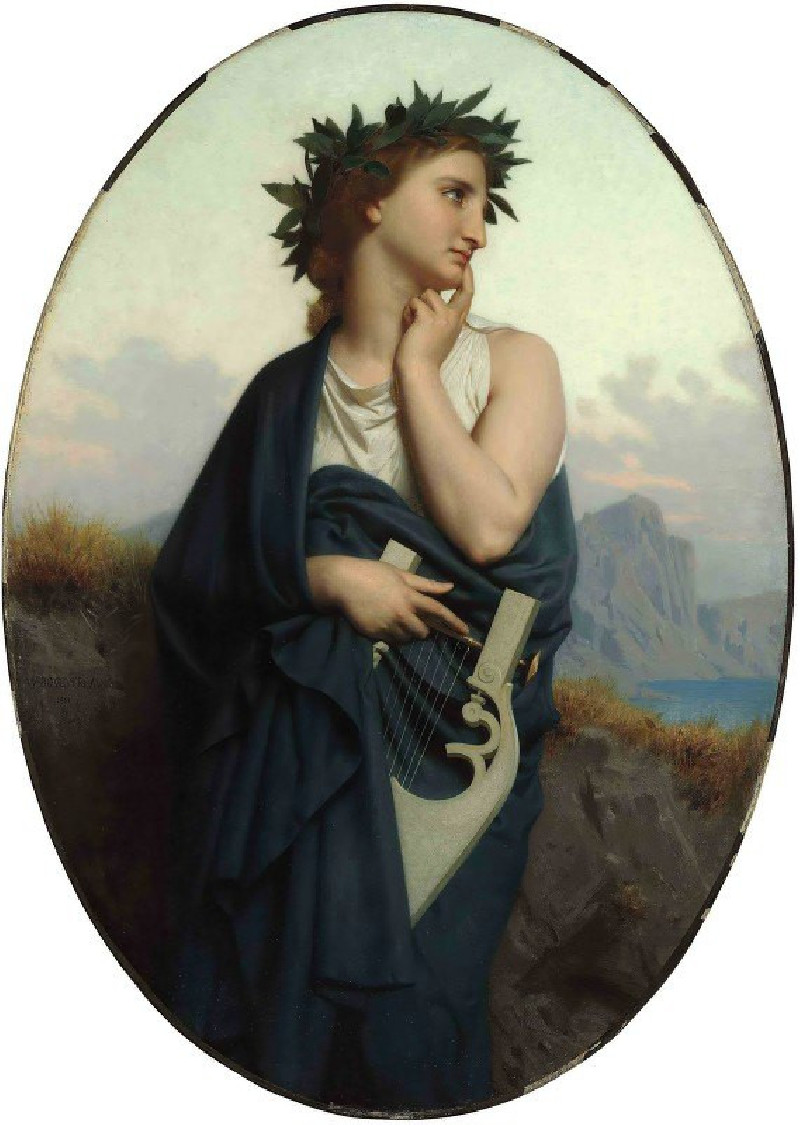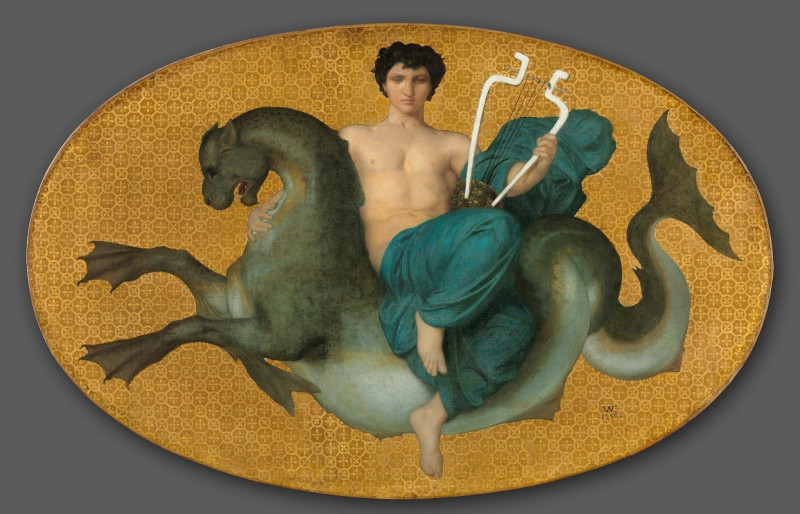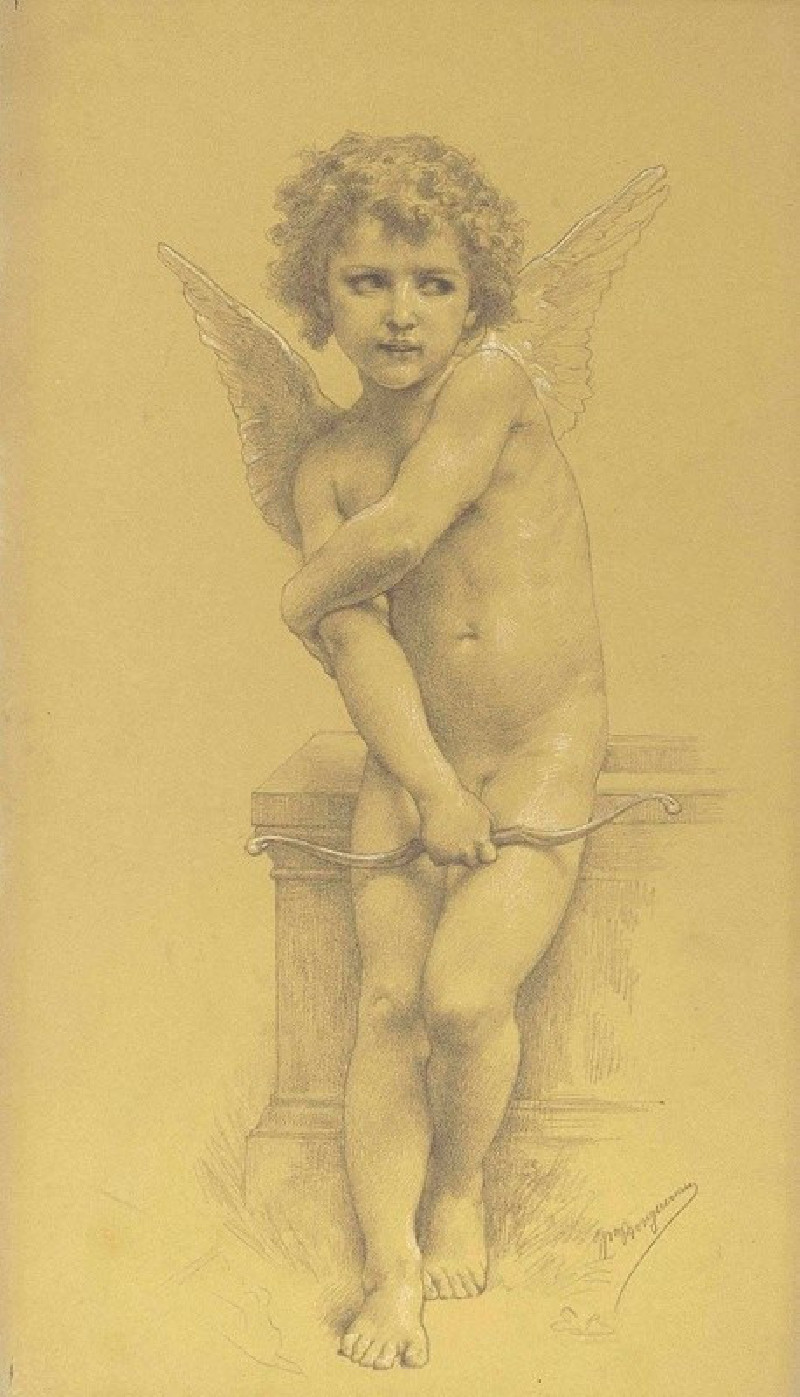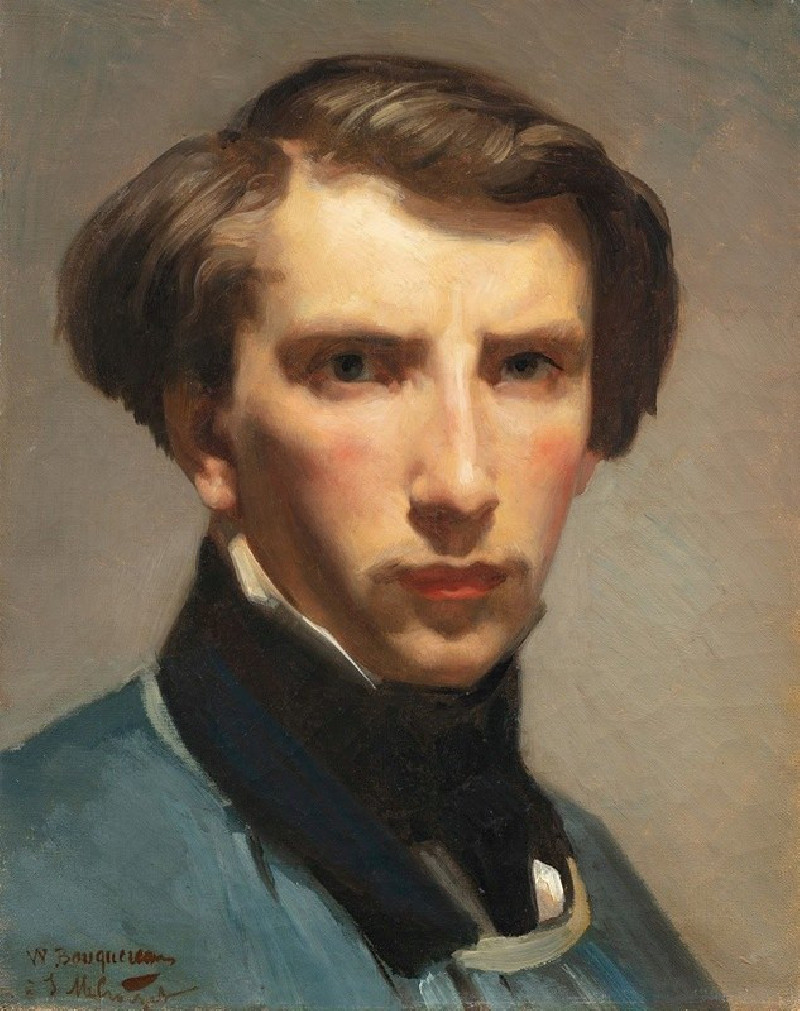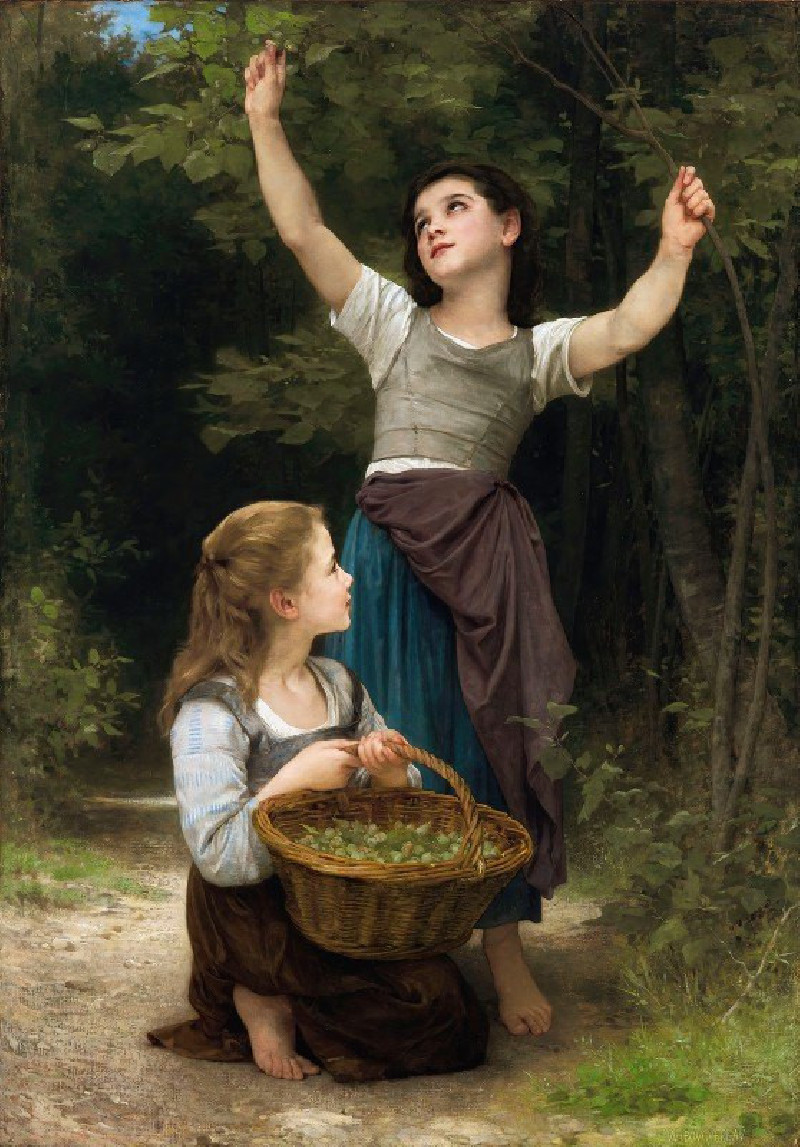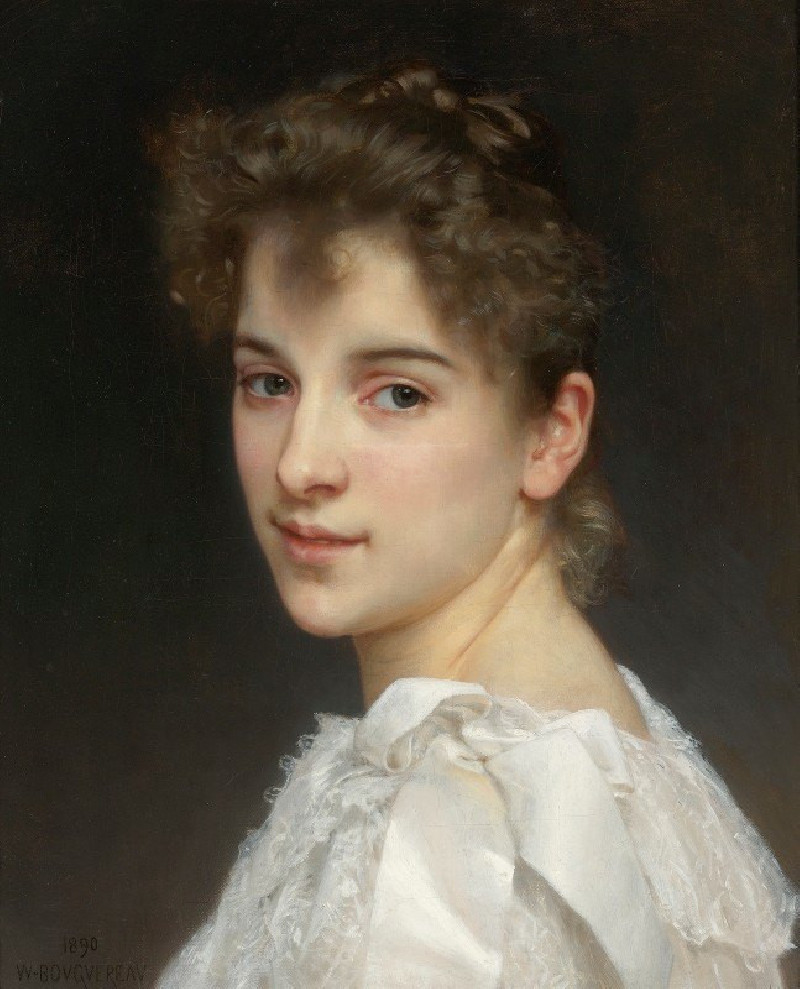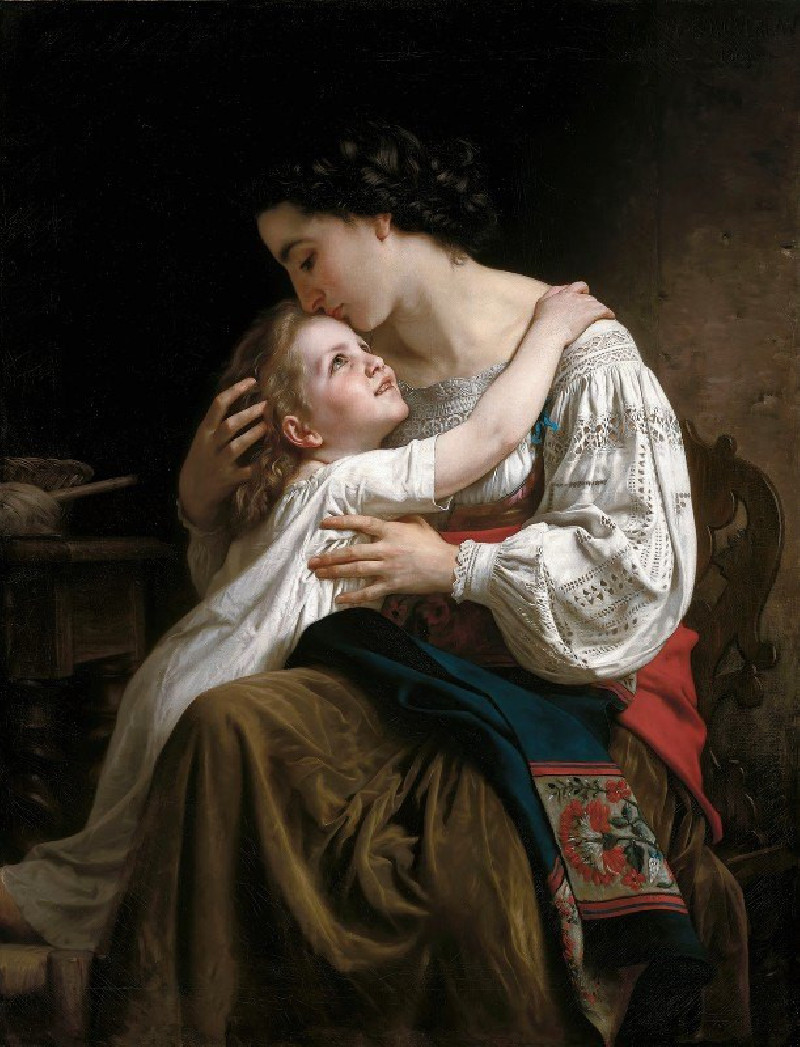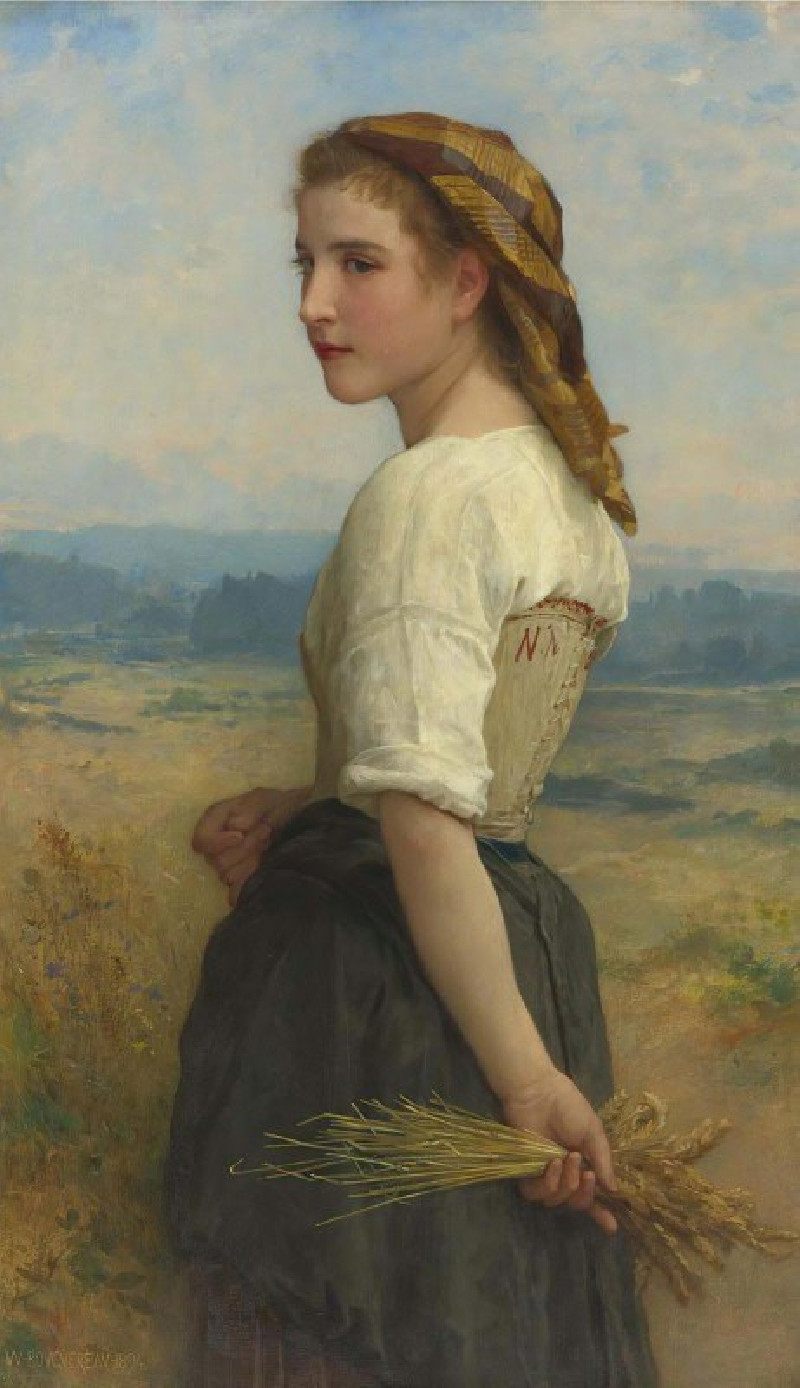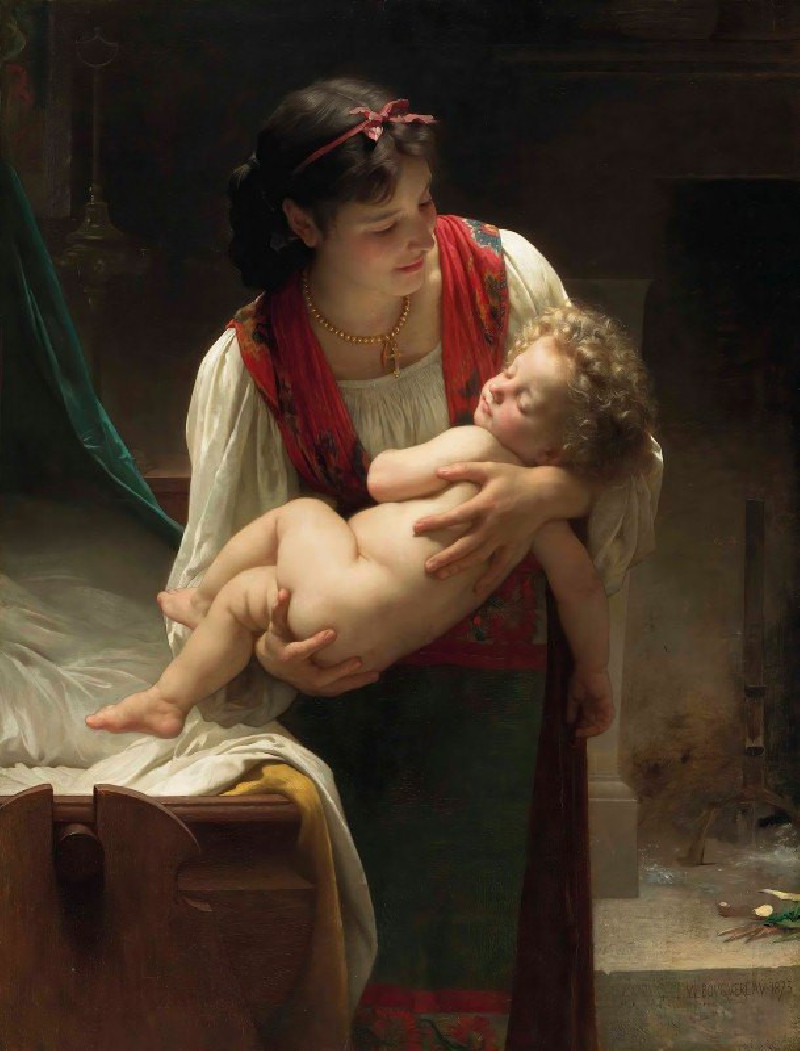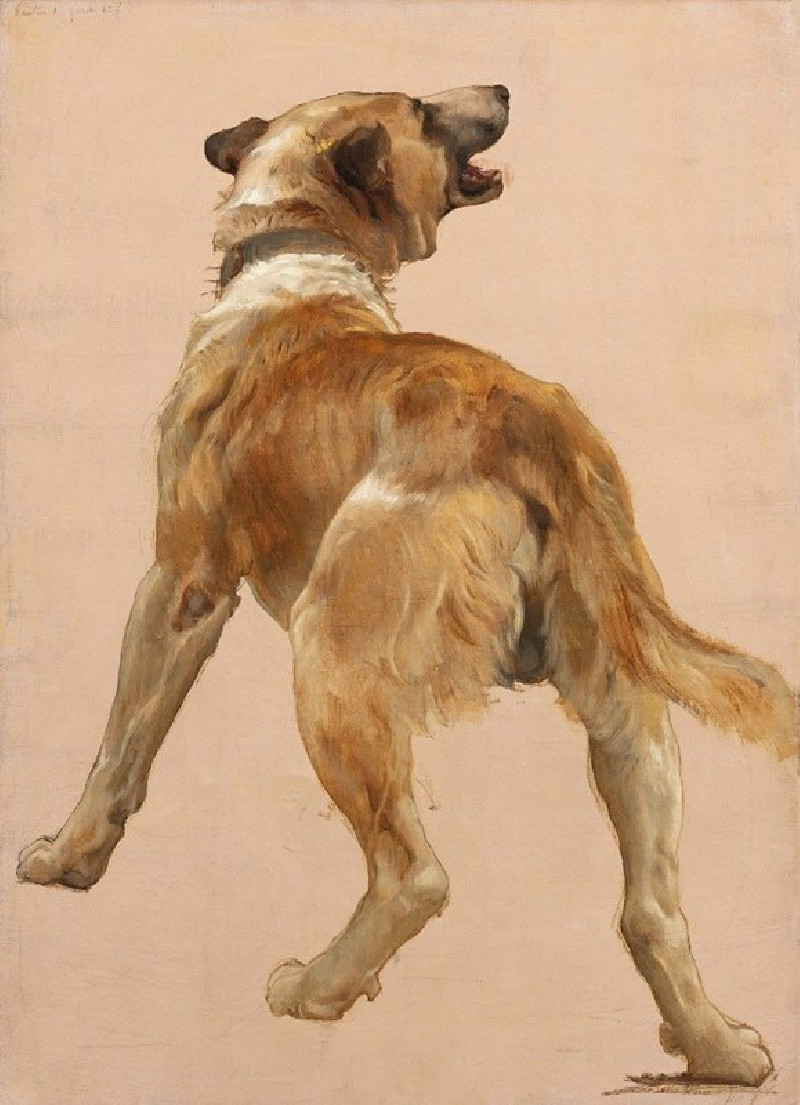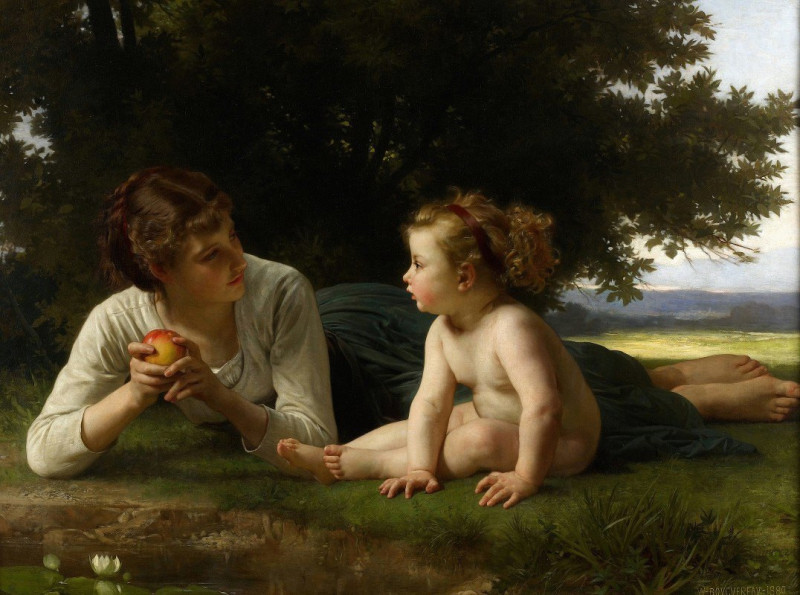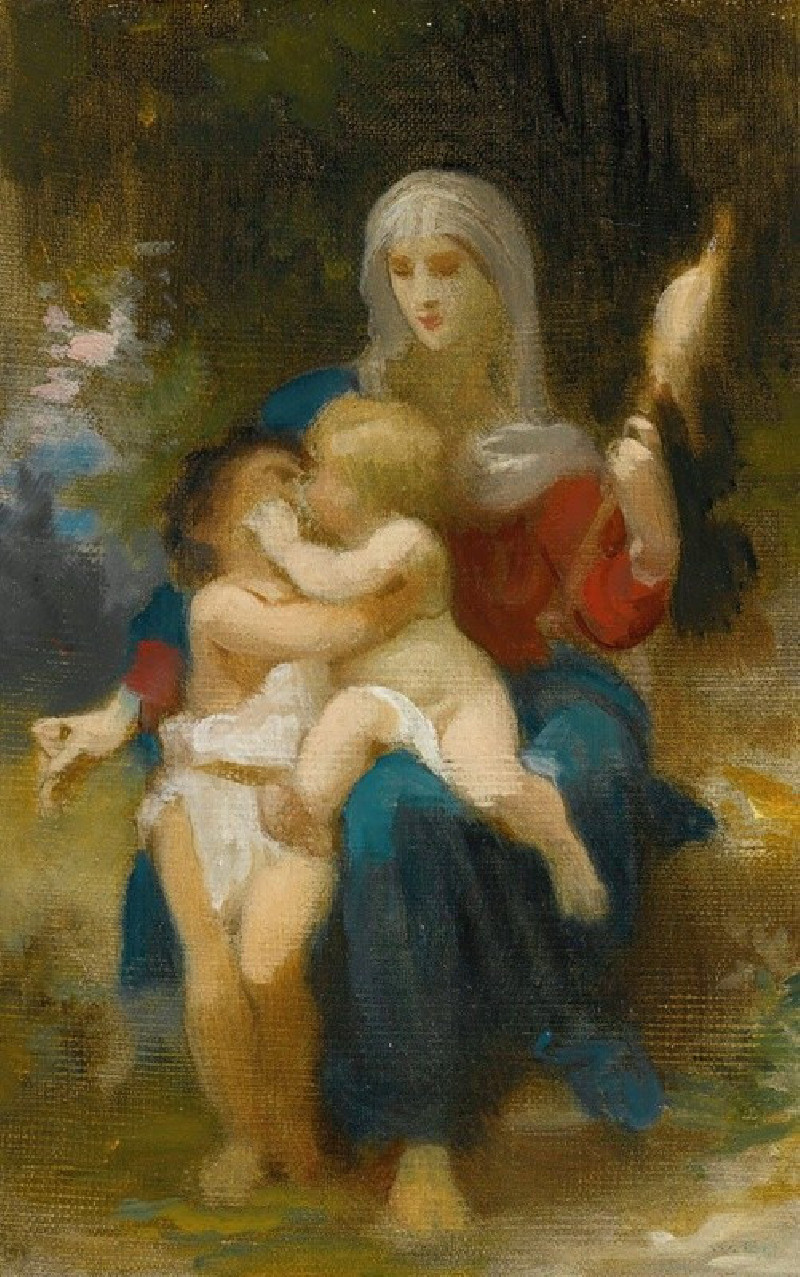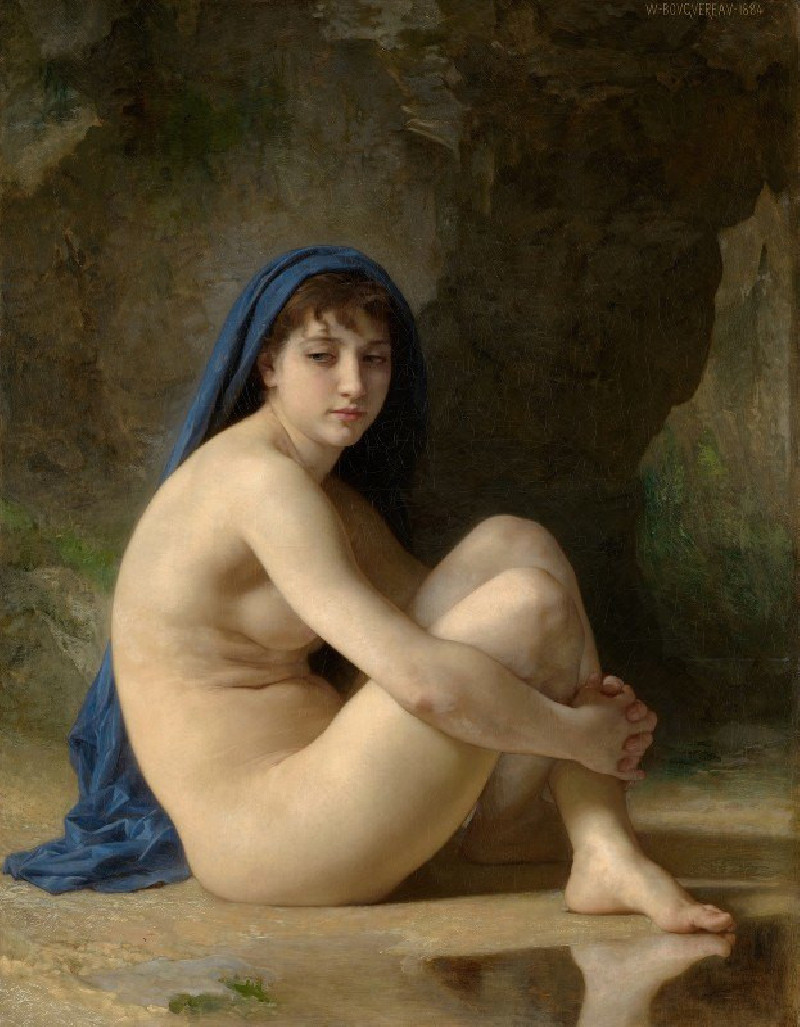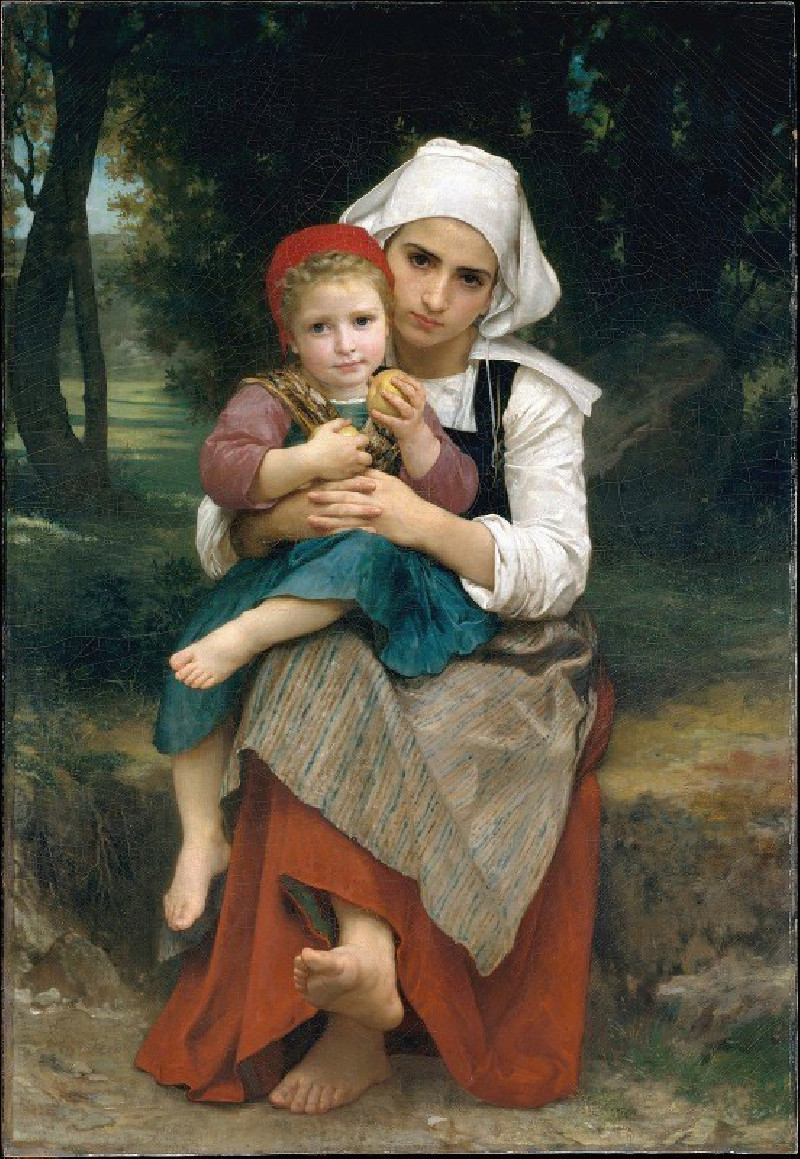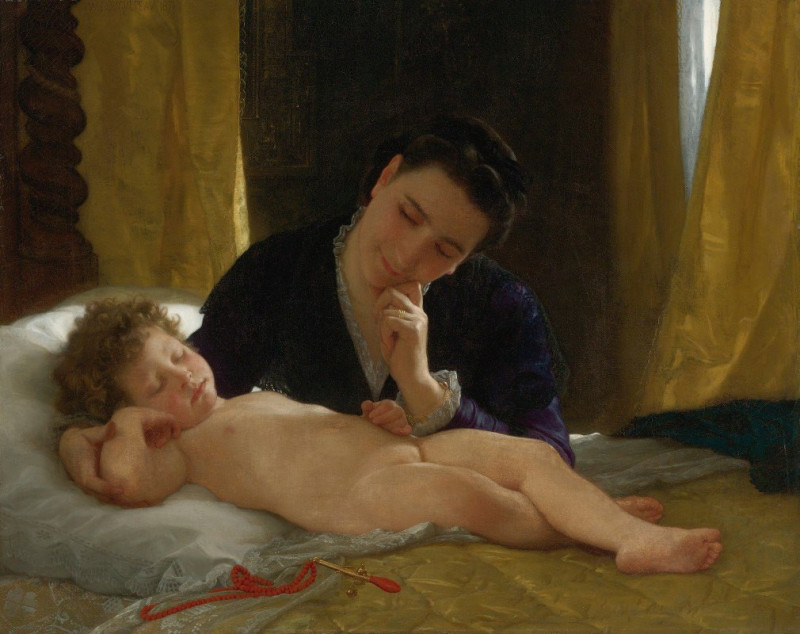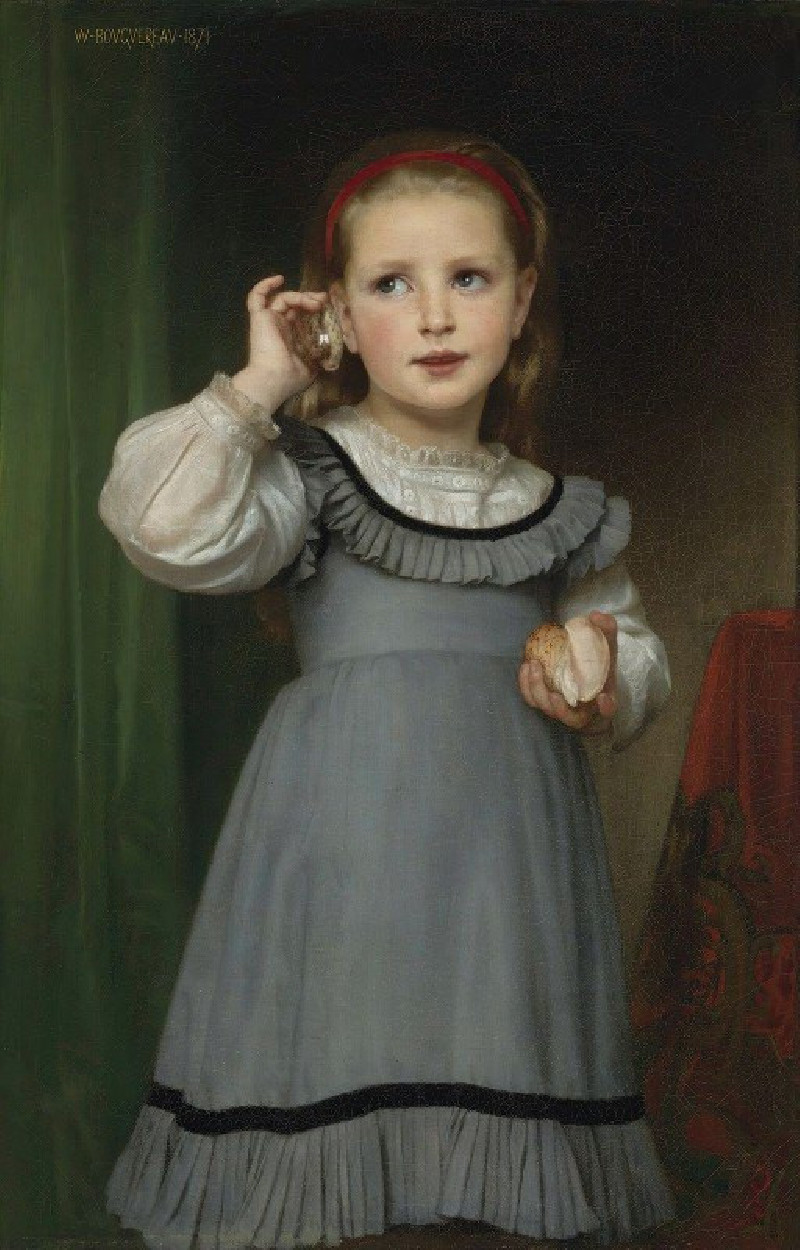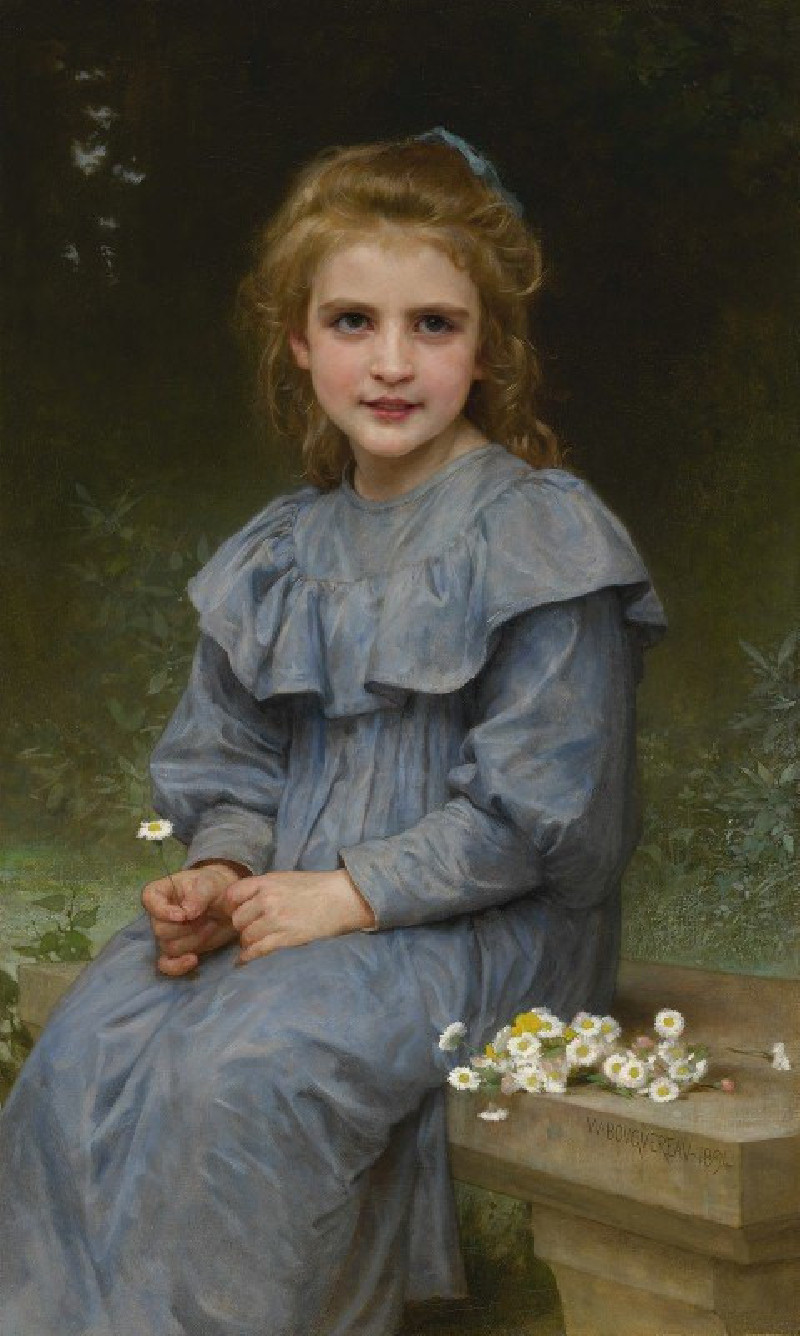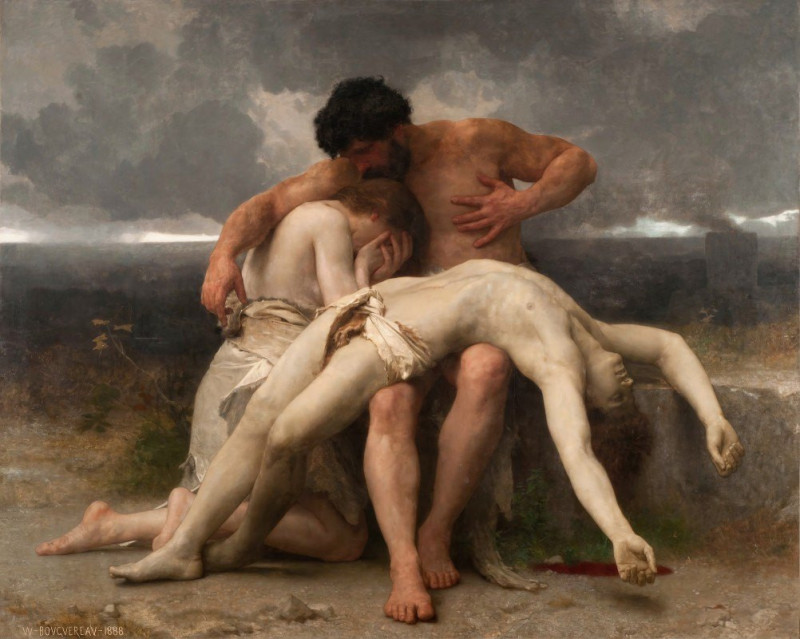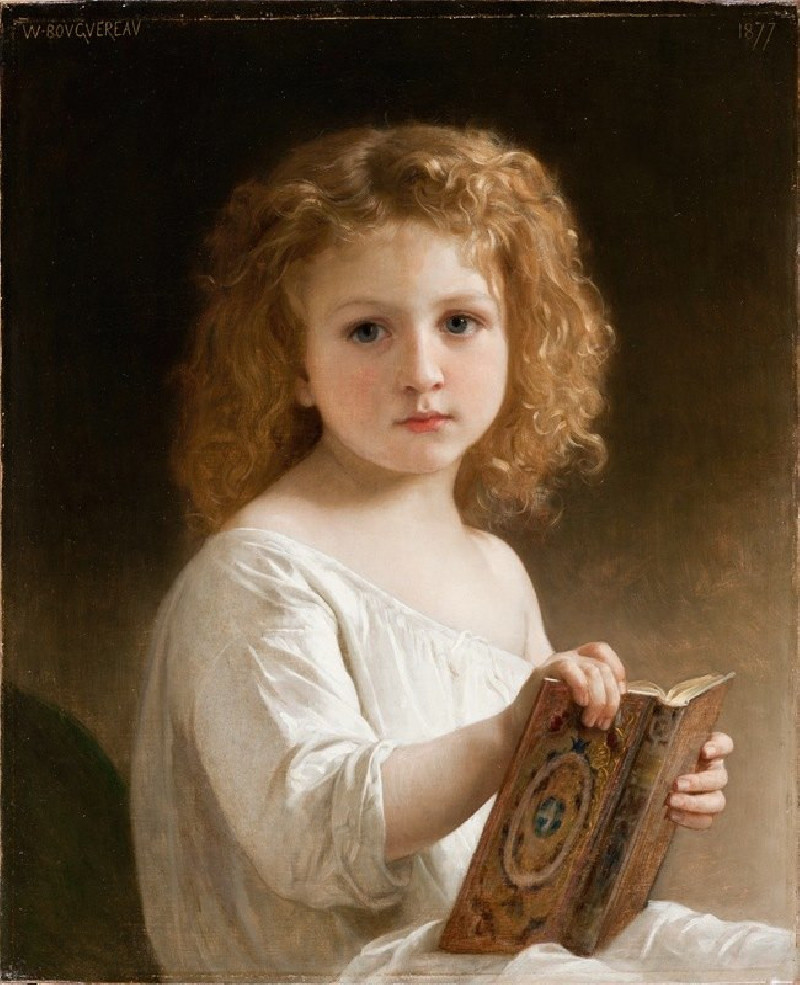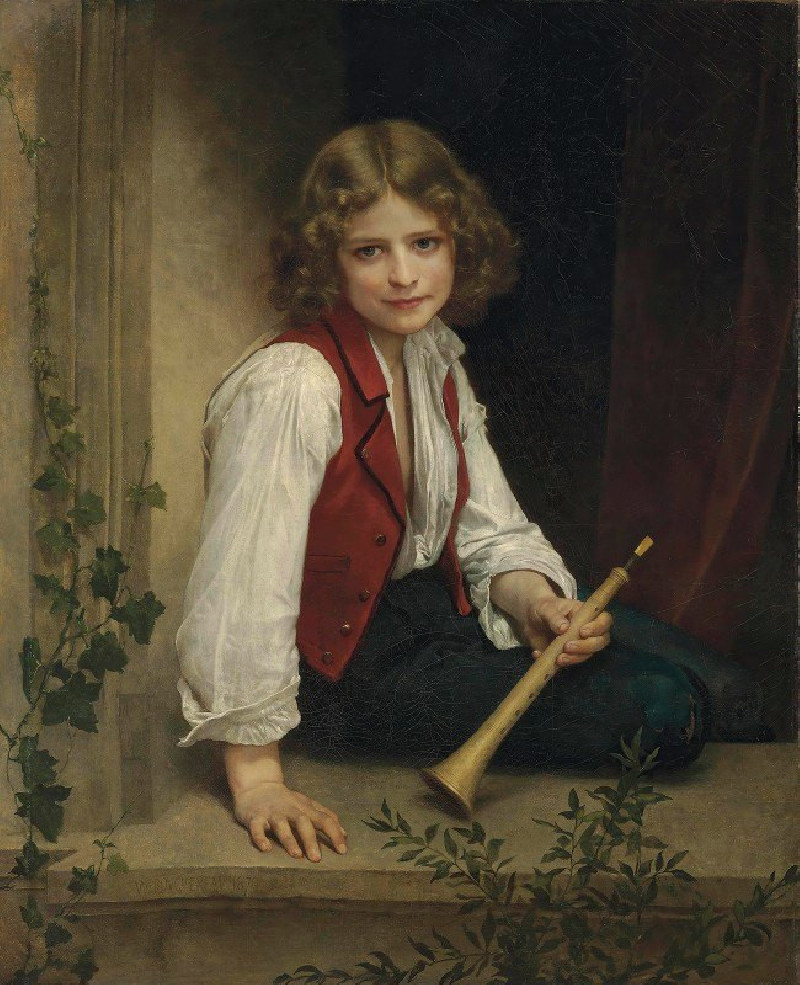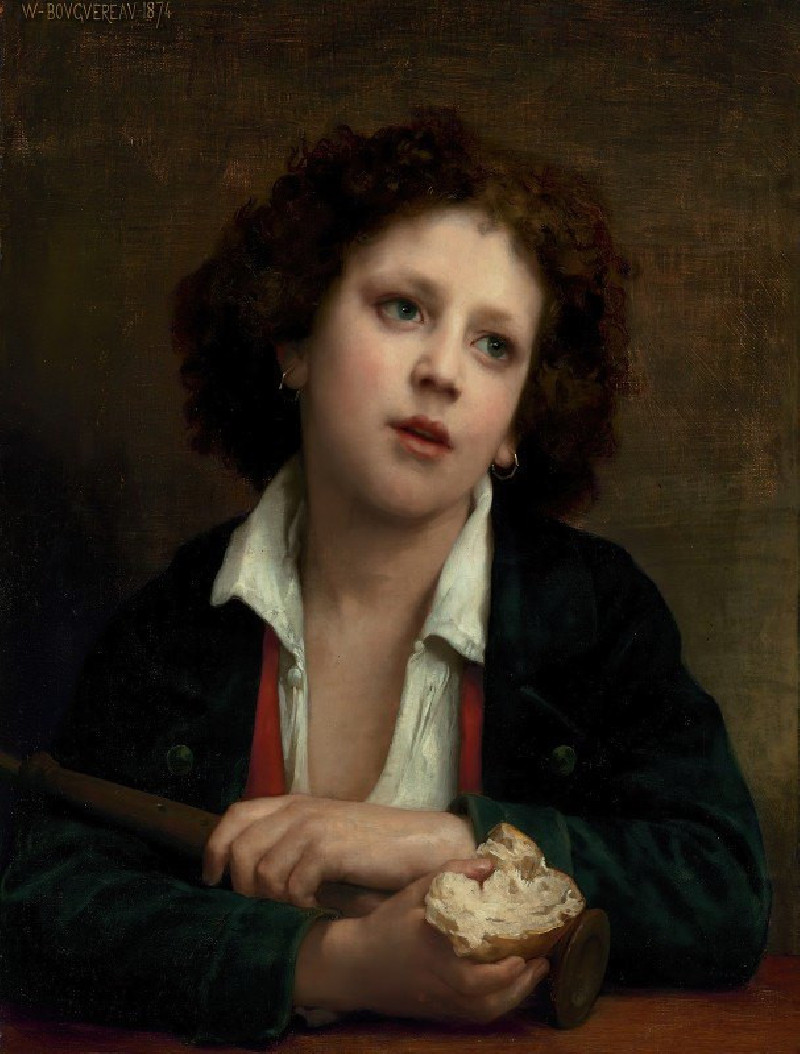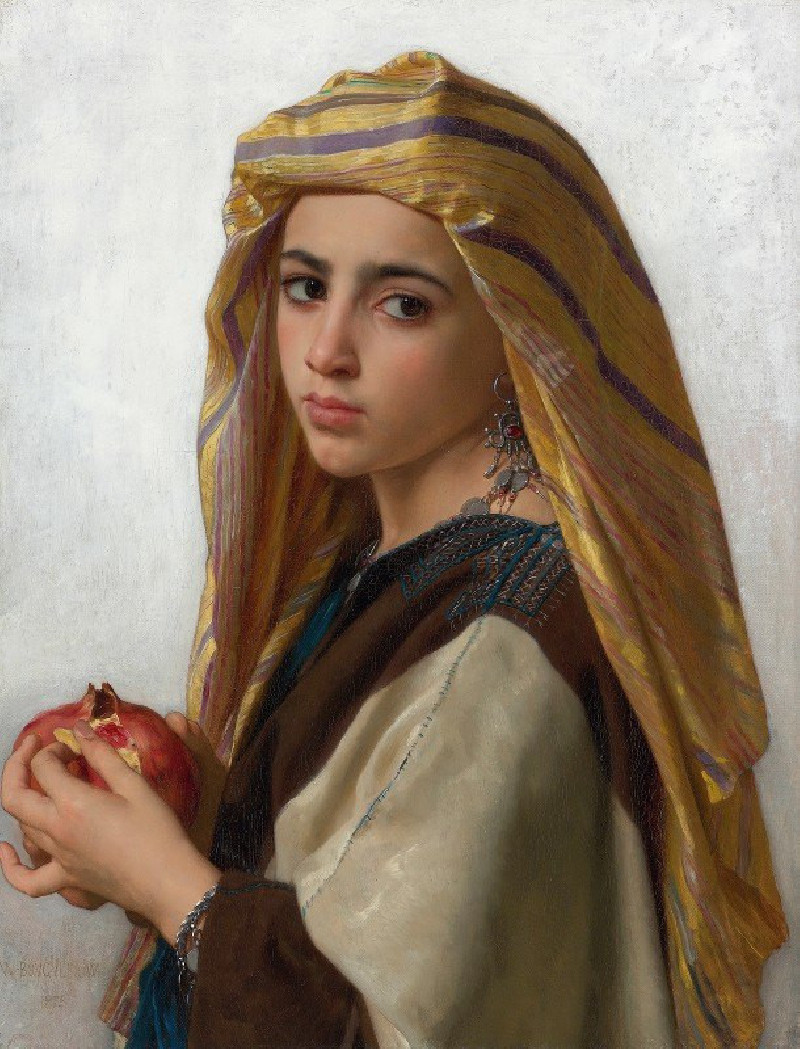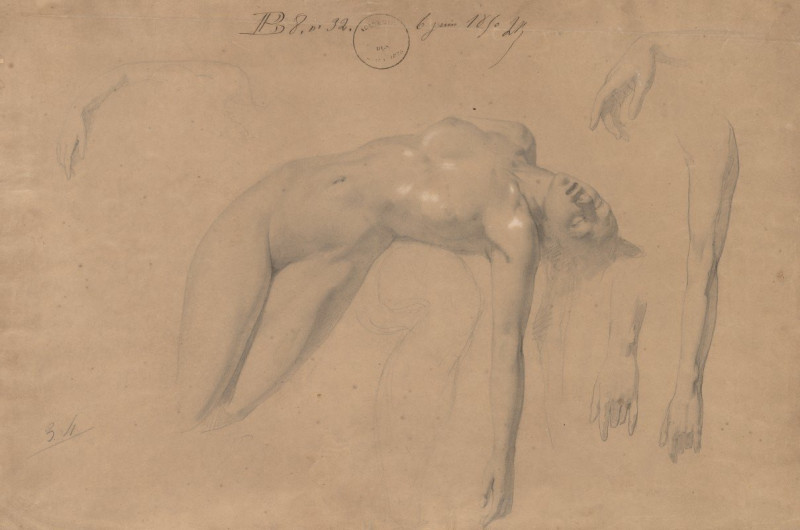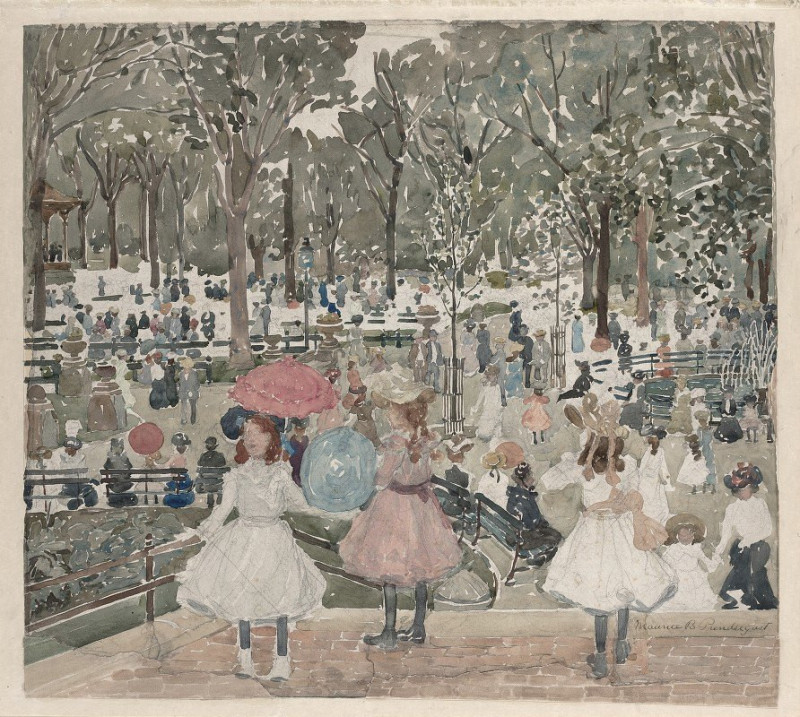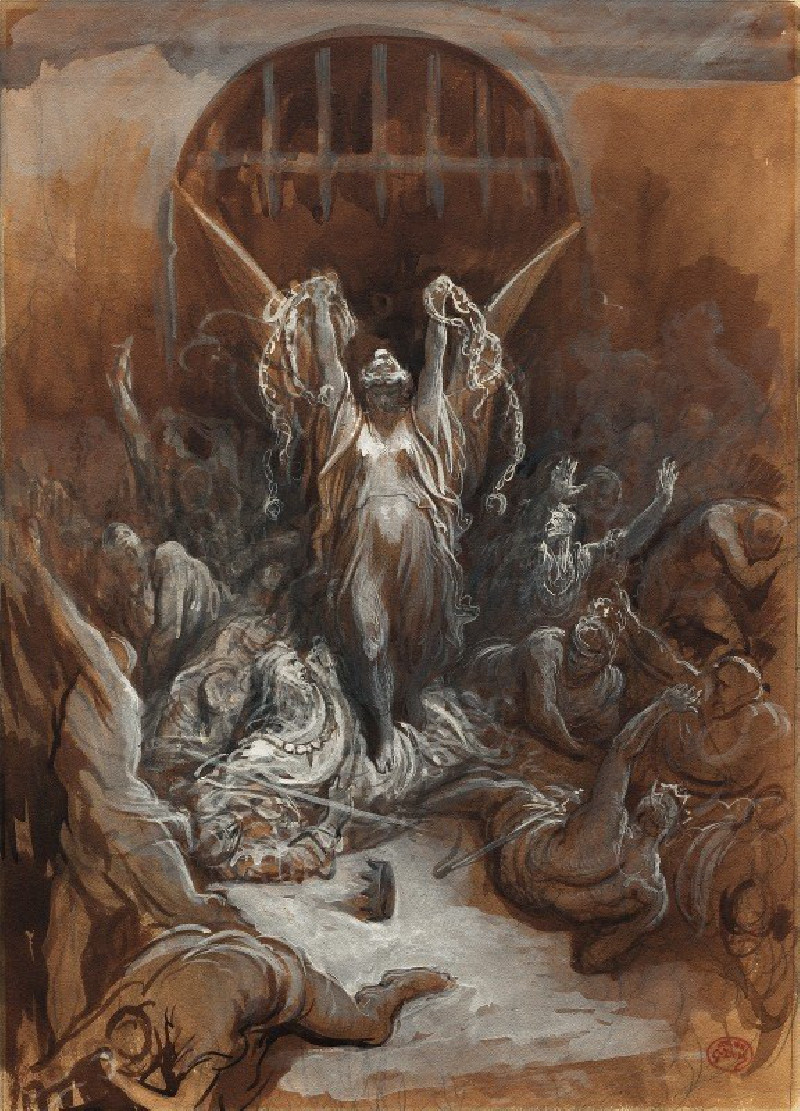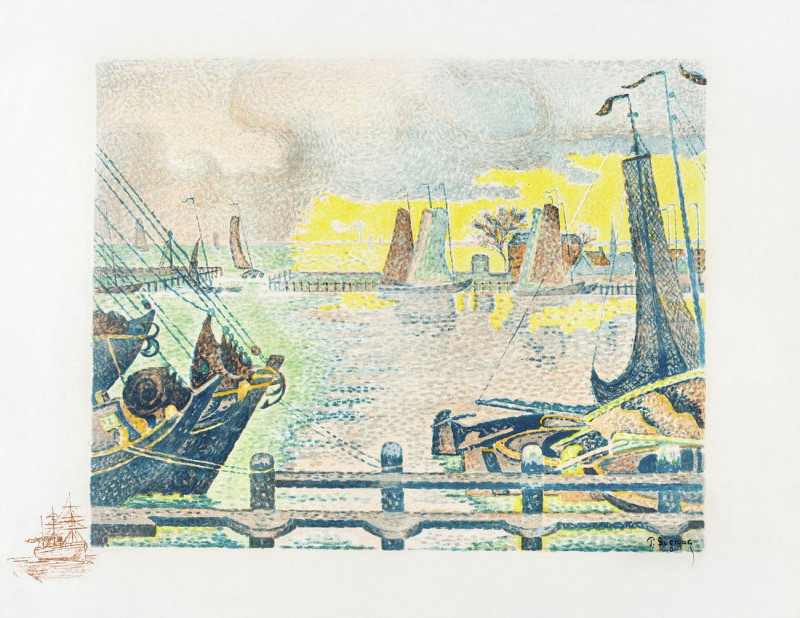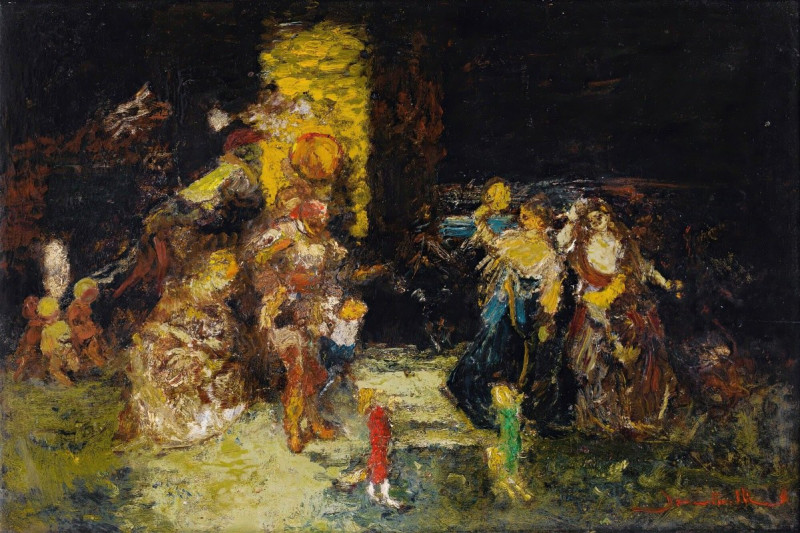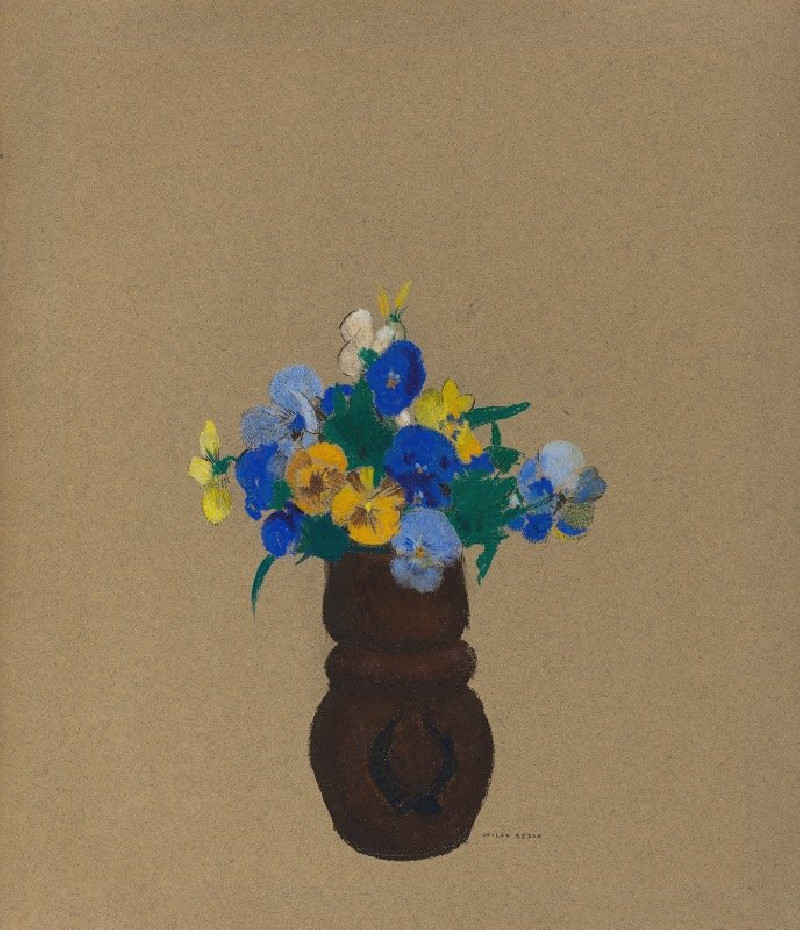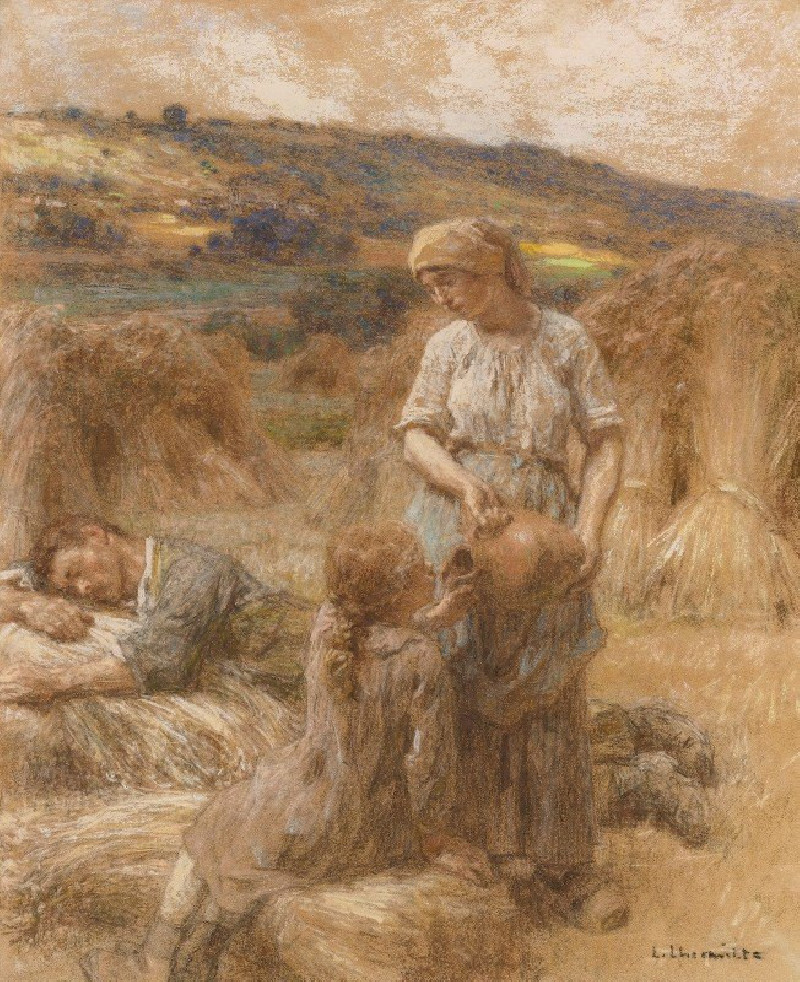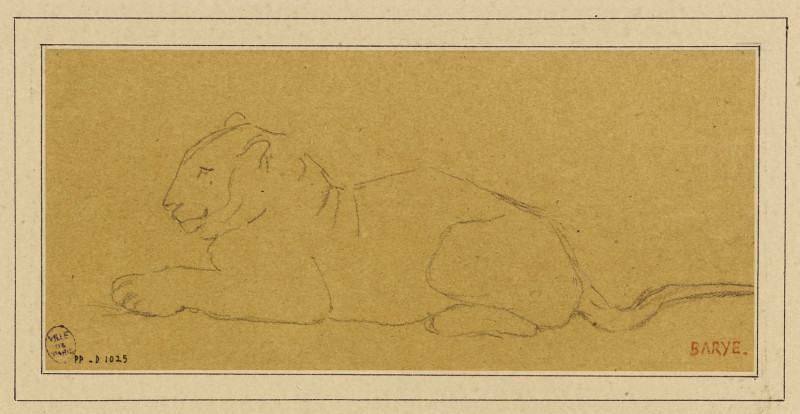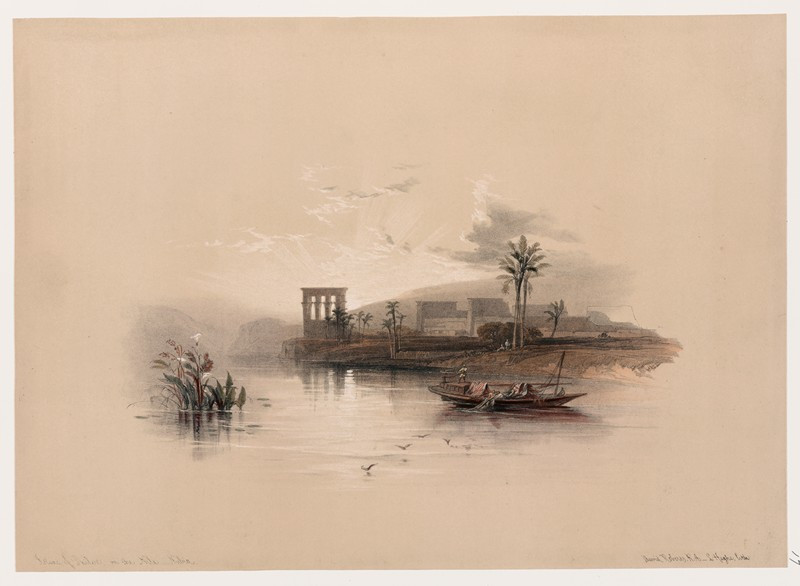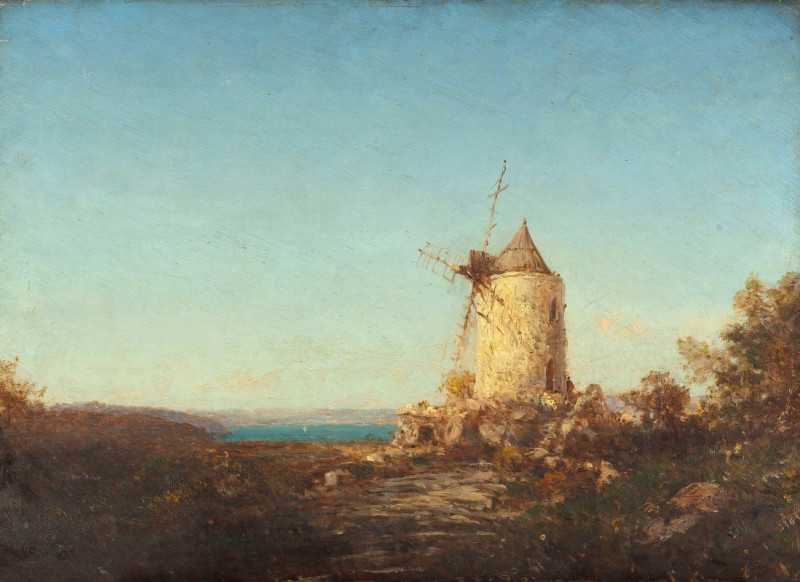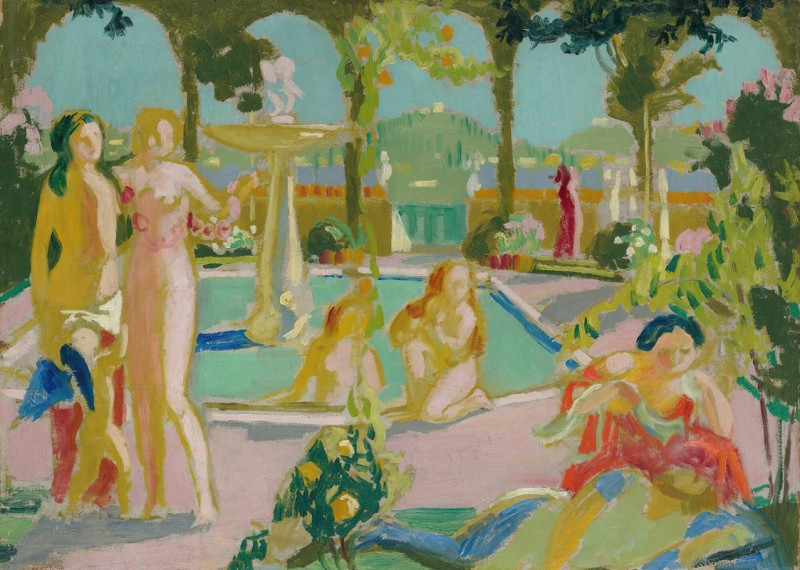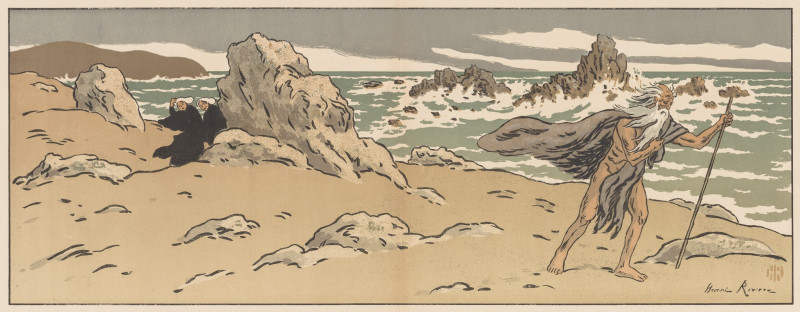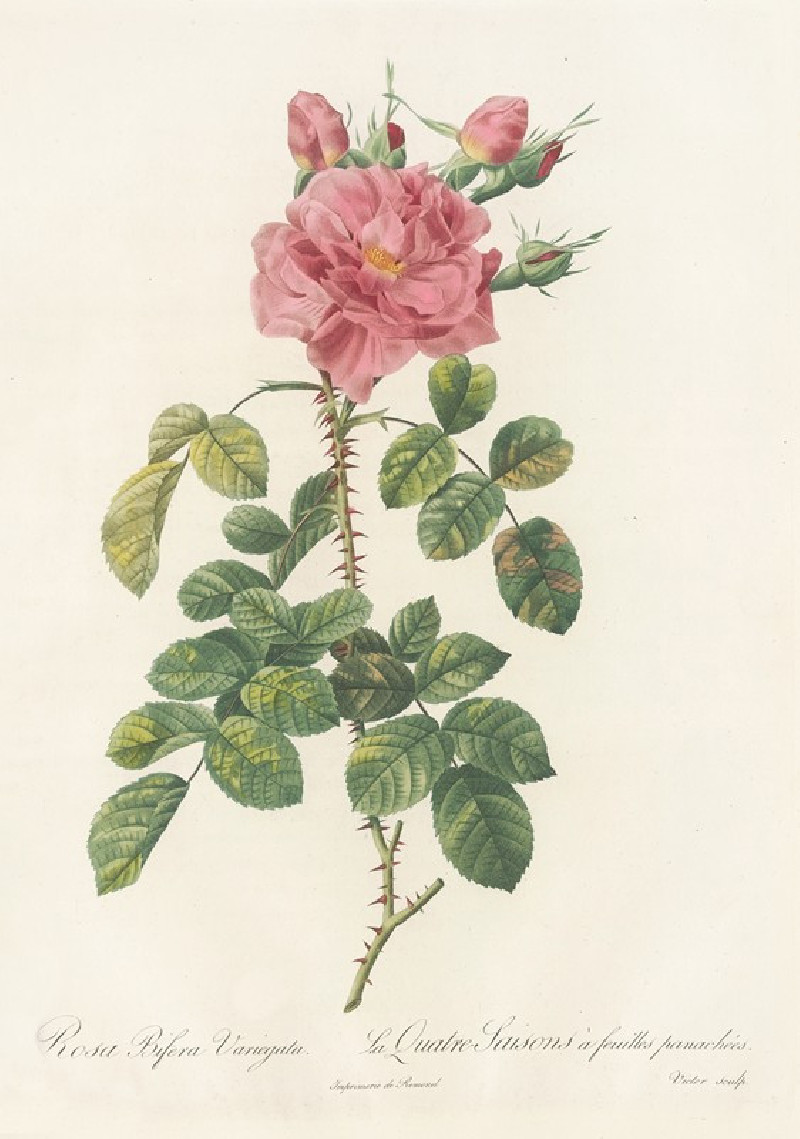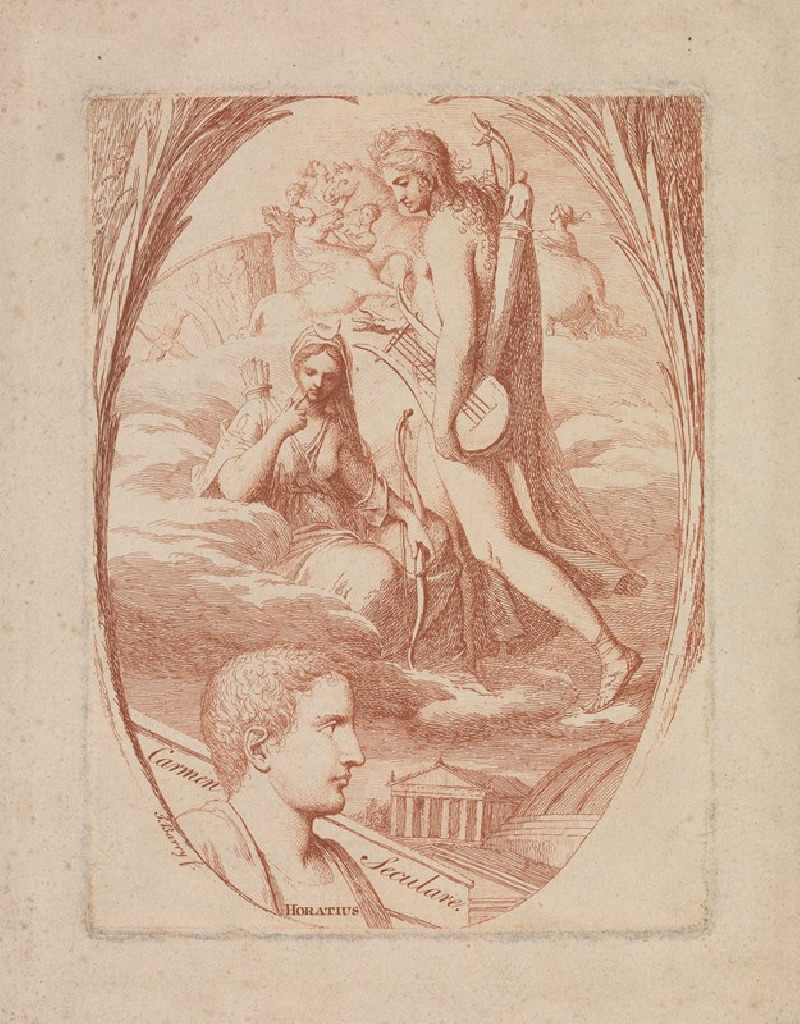The Muse (Philomèle) (1861)
Technique: Giclée quality print
Recommended by our customers
More about this artwork
"The Muse (Philomèle)" is a captivating painting by the French artist William Bouguereau, completed in 1861. This artwork features a serene female figure who personifies the muse, traditionally associated with inspiration and creativity in the arts. She is depicted in a thoughtful pose, with her finger to her chin, signaling deep contemplation or perhaps the moment of inspiration itself.The muse is adorned with a laurel wreath, a symbol often used to represent victory and honor, particularly in the arts and poetry. She wears a classic white tunic, suggesting purity and simplicity, draped with a rich blue cloak that adds a touch of solemnity and depth to her character. In her arms, she holds a lyre, pinpointing her as a symbol of musical and poetic inspiration.Set against a softly painted background that hints at a rugged landscape, possibly alluding to the isolation often experienced in the pursuit of artistic creation, the painter uses a subdued palette to keep the focus intently on the muse herself. The oval composition adds to the intimate and focused atmosphere of the painting.Bouguereau's meticulous technique and smooth brushstrokes give a life-like appearance to the muse, encapsulating the ideal beauty and calm grace typical of his works.
Delivery
Returns
William-Adolphe Bouguereau was a French academic painter. In paintings of the realistic genre, he used mythological themes, modern interpretation of classical themes, emphasizing the female human body. During his lifetime, he achieved great popularity in France and the United States, was awarded many official honors, and sold his works for top prices. In the early twentieth century, Bouguereau and his art disappeared from the public eye, partly due to its changing artistic tastes. A resurgence of interest in figurative painting in the 1980s led to a rediscovery of Bouguereau and his work. He completed 822 known paintings, but the whereabouts of many are still unknown.

